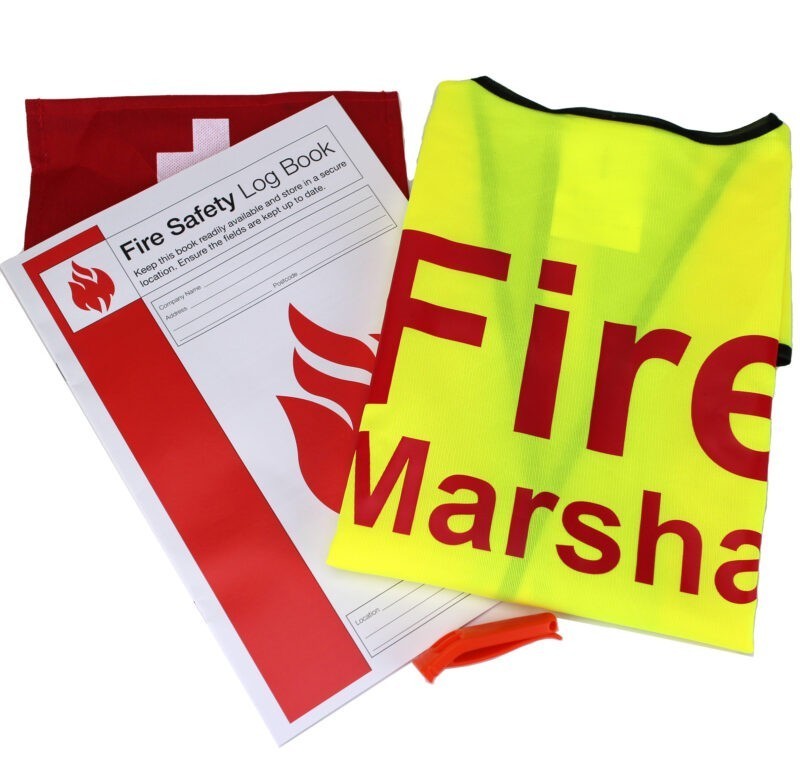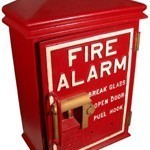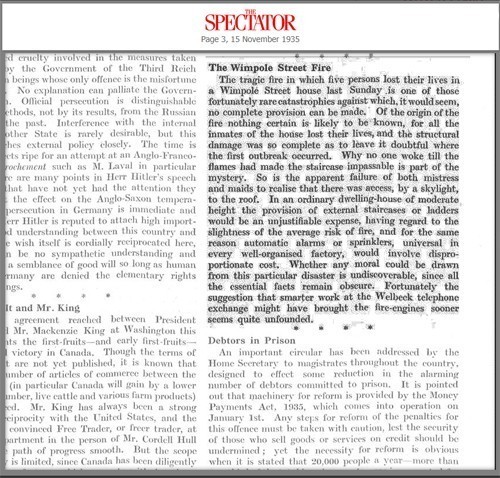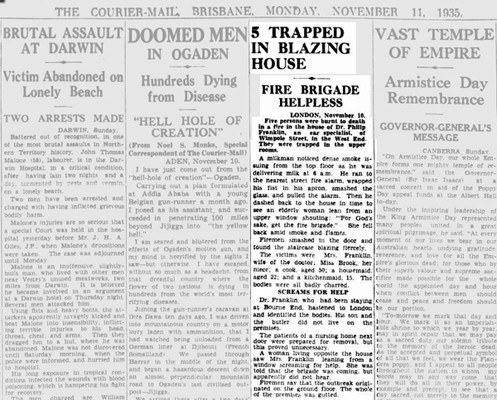Fire wardens and marshals play an indispensable role in ensuring the safety and security of premises and their occupants. With the evolving guidelines and recommendations for fire safety, the UK mandates businesses and organisations to have in place an effective Fire Emergency Plan. Central to this is the accessibility and quality of Fire Warden/Marshal Grab Bags.
Mandatory Provisions for Fire Safety in the UK
All UK establishments, from schools to businesses, should adhere to the guidelines laid out for fire safety. This includes:
- Developing and regularly updating a Fire Emergency Plan.
- Ensuring the availability of Fire Warden/Marshal Grab Bags in key locations, stocked with essential tools and information.
- Making sure that designated fire wardens or marshals are trained and aware of their responsibilities, including the use of the Grab Bag.
Understanding the Contents: Official Guidance vs. Our Fire Warden/Marshal Grab Bags
To provide a clearer understanding, below is a side-by-side comparison of the latest official fire safety guidance, a representative Fire Emergency Plan, and our offered Fire Warden/Marshal Grab Bags. We invite you to peruse the comparison image to ensure your establishment is not only compliant but also exceptionally prepared.
There are several additional items suggested in official guidelines that aren’t strictly mandatory.
Beyond the Minimum: Excellence in Fire Safety Preparedness
While the official guidelines detail the basic requirements, we understand the value of going above and beyond.
Why settle for the basics when fire safety is paramount? Our Fire Warden/Marshal Grab Bags are designed to be fully customisable. Whether you’re looking for a mobile response bag or an in-place fire emergency resource kit, we’ve got you covered. And if you need advice? Our seasoned and informed team is on hand to guide you. Browse through our Fire Safety section for both standard and bespoke kits.
The Importance of Comprehensive Fire Emergency Plans
Starting with a template might seem convenient, but it could leave dangerous gaps in your safety strategy. A poorly constructed fire plan might even expose responsible individuals to legal repercussions. This underlines the importance of having a meticulously crafted, custom Fire Emergency Plan for your establishment.
In the realm of fire safety, the motto is clear: Better Safe Than Sorry! Let’s work towards building a safer environment for everyone.
Please note: The availability and specifications of products may vary due to supplier changes.



 However, on that fateful early morning on November 10th, drama turned to tragedy when help arrived too late for those trapped in the upper rooms. A milkman on his rounds noticed dense smoke and ran to the nearest street fire alarm, smashing the glass and pulling the alarm. Running back he stood by helplessly as an elderly woman leaned out from the window shouting “for God’s sake get the fire brigade” before disappearing amid smoke and flames.
However, on that fateful early morning on November 10th, drama turned to tragedy when help arrived too late for those trapped in the upper rooms. A milkman on his rounds noticed dense smoke and ran to the nearest street fire alarm, smashing the glass and pulling the alarm. Running back he stood by helplessly as an elderly woman leaned out from the window shouting “for God’s sake get the fire brigade” before disappearing amid smoke and flames.




